Understanding Consensus Algorithms: A Comprehensive Guide to the Building Blocks of Blockchain Systems
Introduction to Consensus Algorithms
Consensus algorithms play a pivotal role in ensuring the integrity, security, and decentralization of blockchain systems. They enable a network of nodes to reach agreement on the validity and ordering of transactions, even in the absence of a central authority. In this comprehensive guide, we will delve into the world of consensus algorithms, examining their key building blocks, different variations, and their importance in blockchain technology.
What is Consensus?
Consensus, in the context of blockchains, refers to the collective agreement among network participants about the state of the blockchain and the validity of transactions. Achieving consensus is crucial to establishing trust and preventing double-spending or other malicious activities without relying on intermediaries. To achieve consensus, blockchain networks employ various algorithms, often referred to as consensus algorithms or consensus protocols.
The Three Building Blocks of Consensus Algorithms:
1. Byzantine Fault Tolerance (BFT):
Consensus algorithms need to be resilient to tolerate Byzantine faults, which refer to nodes behaving maliciously or becoming faulty. Byzantine Fault Tolerance ensures that even in the presence of Byzantine nodes, the network maintains agreement and progresses. Various BFT consensus algorithms ensure that decisions are made based on the majority of non-faulty nodes.
2. Consensus Mechanism:
Consensus mechanisms are the core models employed by blockchain networks to reach an agreement. They determine how transactions are validated, confirmed, and added to the blockchain. Several consensus mechanisms such as Proof of Work (PoW), Proof of Stake (PoS), Delegated Proof of Stake (DPoS), Practical Byzantine Fault Tolerance (PBFT), and many others have been developed to fulfill the requirements of different blockchain ecosystems.
– Proof of Work (PoW): PoW, famously used by Bitcoin, requires nodes in the network to solve a computationally-intensive puzzle to validate and add blocks to the blockchain. This mechanism ensures that miners invest computational resources, making it difficult for malicious actors to tamper with the blockchain. However, PoW consumes substantial energy.
– Proof of Stake (PoS): In contrast to PoW, PoS relies on the stake or ownership of cryptocurrency to determine the node that has the right to validate and add blocks. This mechanism eliminates the need for extensive computational power, reducing energy consumption. PoS-based cryptocurrencies include Ethereum’s upcoming Ethereum 2.0, Cardano, and many others.
– Delegated Proof of Stake (DPoS): DPoS is a variation of PoS where token holders vote for ‘delegates’ who are granted the power to validate transactions and forge blocks. DPoS combines decentralization with efficiency and speed, making it ideal for networks like BitShares, Lisk, and EOS.
– Practical Byzantine Fault Tolerance (PBFT): PBFT is a BFT consensus algorithm that ensures that a network of nodes agrees on the order of transactions. PBFT is valuable in permissioned blockchain systems where the number of participants is known and trusted, such as Ripple.
3. Incentive Mechanism:
Incentive mechanisms are designed to motivate honest participation in the consensus process. They align the interests of network participants to contribute to the security and operation of the blockchain network. The most common incentive mechanism is rewarding participants with cryptocurrency tokens, either newly minted or transaction fees. Incentives ensure that participants are economically incentivized to act honestly and maintain the network’s health and security.
Frequently Asked Questions (FAQs):
Q1. Why is consensus important in blockchain systems?
A1. Consensus ensures that all participants in the network agree on the state of the blockchain and the validity of transactions. It prevents double-spending, establishes trust, and maintains the integrity and security of the blockchain without relying on a central authority.
Q2. What is the role of consensus algorithms in preventing attacks?
A2. Consensus algorithms help prevent attacks by ensuring that the majority of nodes are in agreement. Byzantine Fault Tolerance mechanisms allow networks to maintain consensus even if some nodes behave maliciously. Additionally, Proof of Work and Proof of Stake mechanisms make it difficult for attackers to tamper with the blockchain.
Q3. Which consensus algorithm is the most secure?
A3. Different consensus algorithms have varying levels of security. Proof of Work is considered highly secure due to its computational requirements. However, newer algorithms like Practical Byzantine Fault Tolerance and Proof of Stake are also secure, depending on the specific blockchain implementation and network characteristics.
Q4. Does the choice of consensus algorithm affect scalability?
A4. Yes, the choice of consensus algorithm can impact scalability. Some consensus algorithms, like Proof of Work, have limited scalability due to their energy and computational requirements. However, other algorithms, like Delegated Proof of Stake, are designed to enhance scalability by allowing only a limited number of trusted delegates to validate transactions.
Q5. Can different consensus algorithms coexist on the same blockchain?
A5. It is possible to have multiple consensus algorithms coexisting on the same blockchain. This approach, known as a hybrid consensus mechanism, allows the blockchain to leverage the strengths of different algorithms. Ethereum, for example, plans to transition from Proof of Work to Proof of Stake with Ethereum 2.0.
Conclusion:
Consensus algorithms are the backbone of blockchain systems, enabling decentralized networks to achieve agreement on the state of the blockchain and the validity of transactions. Through Byzantine Fault Tolerance, consensus mechanisms, and incentive mechanisms, blockchains maintain security, integrity, and decentralization. Understanding the different consensus algorithms empowers us to appreciate the intricacies and possibilities of blockchain technology in various industries and applications.
References:
1. Nakamoto, S. (2008). Bitcoin: A Peer-to-Peer Electronic Cash System.
2. Castro, M., & Liskov, B. (1999). Practical Byzantine Fault Tolerance.
3. Buterin, V. (2014). A Next-Generation Smart Contract and Decentralized Application Platform: Ethereum.
More in this category ...
Ripple companions with SBI Group and HashKey DX for XRPL answers in Japan
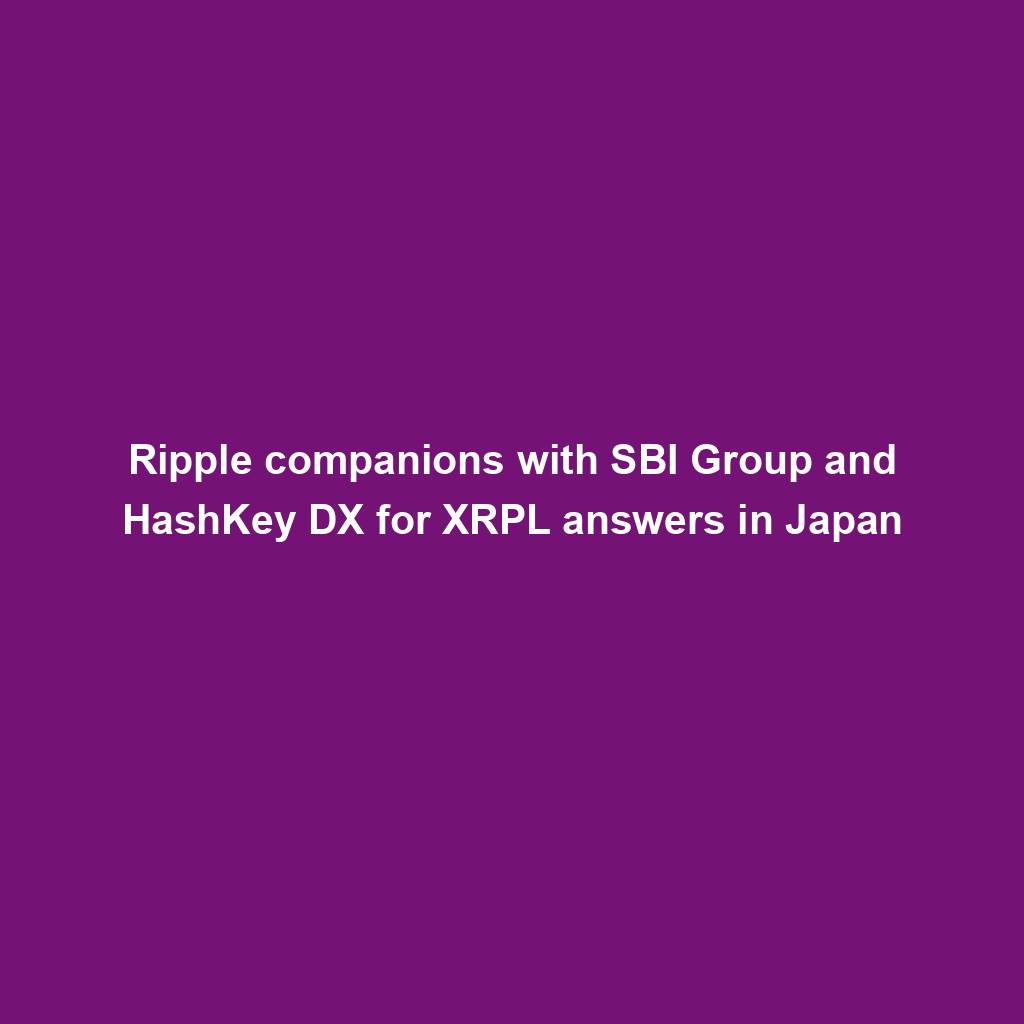
April sees $25M in exploits and scams, marking historic low ― Certik

MSTR, COIN, RIOT and different crypto shares down as Bitcoin dips

EigenLayer publicizes token release and airdrop for the group
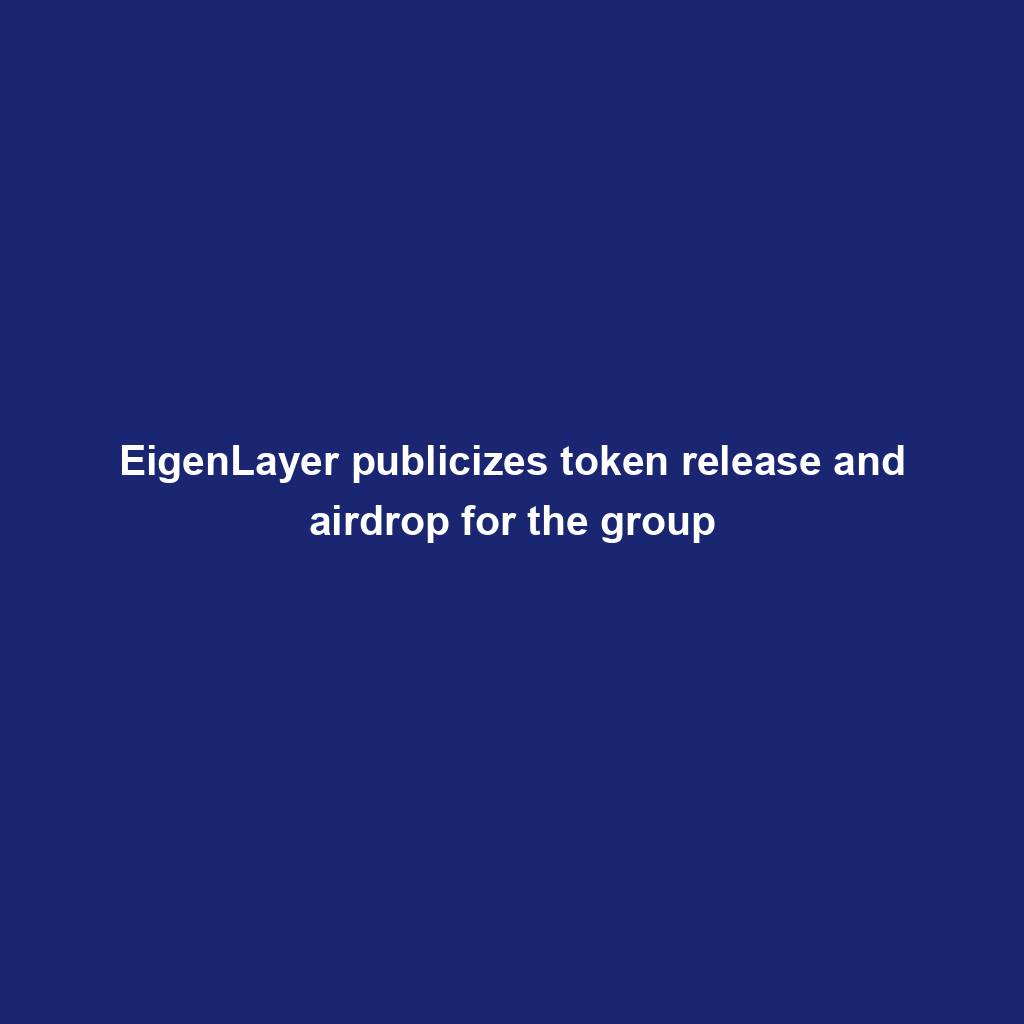
VeloxCon 2024: Innovation in knowledge control

Successful Beta Service release of SOMESING, ‘My Hand-Carry Studio Karaoke App’

Dogwifhat (WIF) large pump on Bybit after record reasons marketplace frenzy
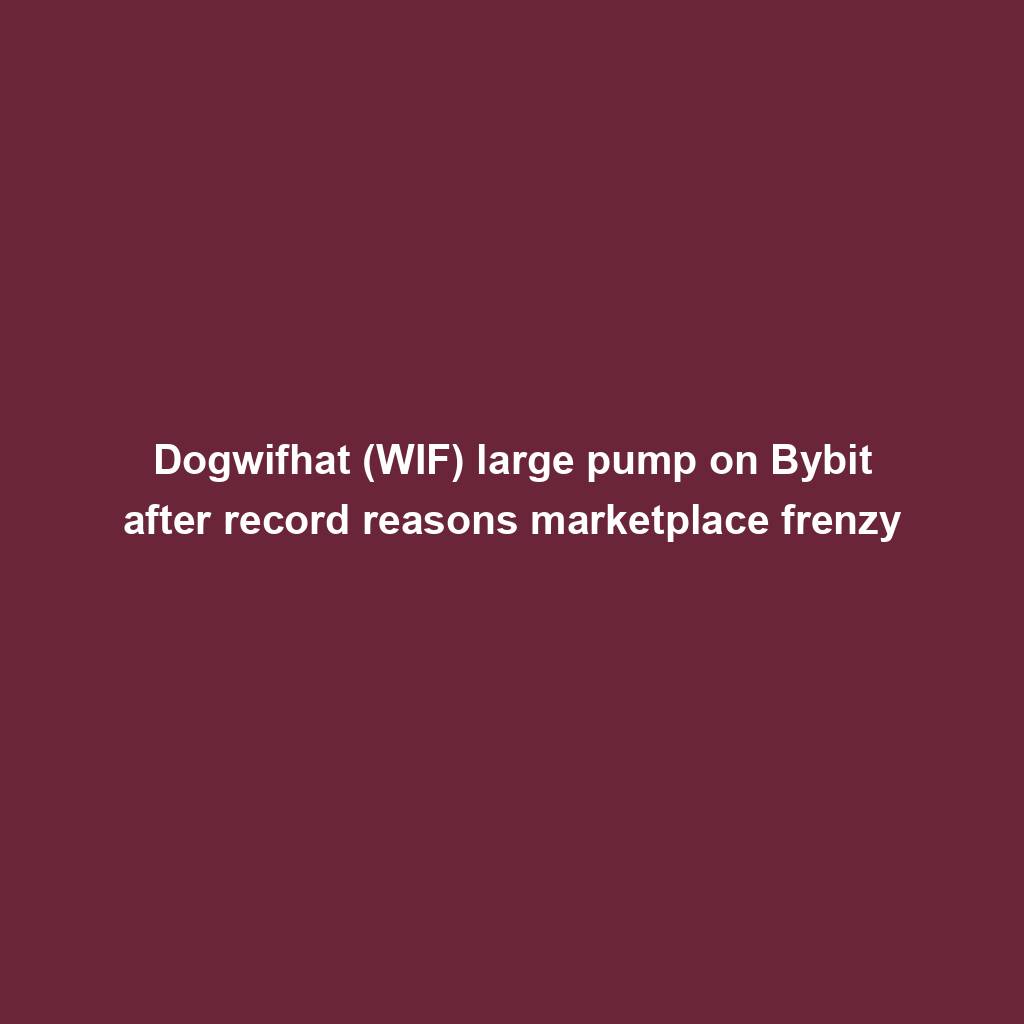
How fintech innovation is riding virtual transformation for communities around the globe

Wasabi Wallet developer bars U.S. customers amidst regulatory considerations

Analyst Foresees Peak In Late 2025

Solo Bitcoin miner wins the three.125 BTC lottery, fixing legitimate block

Ace Exchange Suspects Should Get 20-Year Prison Sentences: Prosecutors

Google Cloud's Web3 portal release sparks debate in crypto trade

Bitcoin Primed For $77,000 Surge

Bitbot’s twelfth presale level nears its finish after elevating $2.87 million

PANDA and MEW bullish momentum cool off: traders shift to new altcoin

Commerce technique: Ecommerce is useless, lengthy are living ecommerce

Republic First Bank closed by way of US regulators — crypto neighborhood reacts

China’s former CBDC leader is beneath executive investigation

Bigger isn’t all the time higher: How hybrid Computational Intelligence development permits smaller language fashions
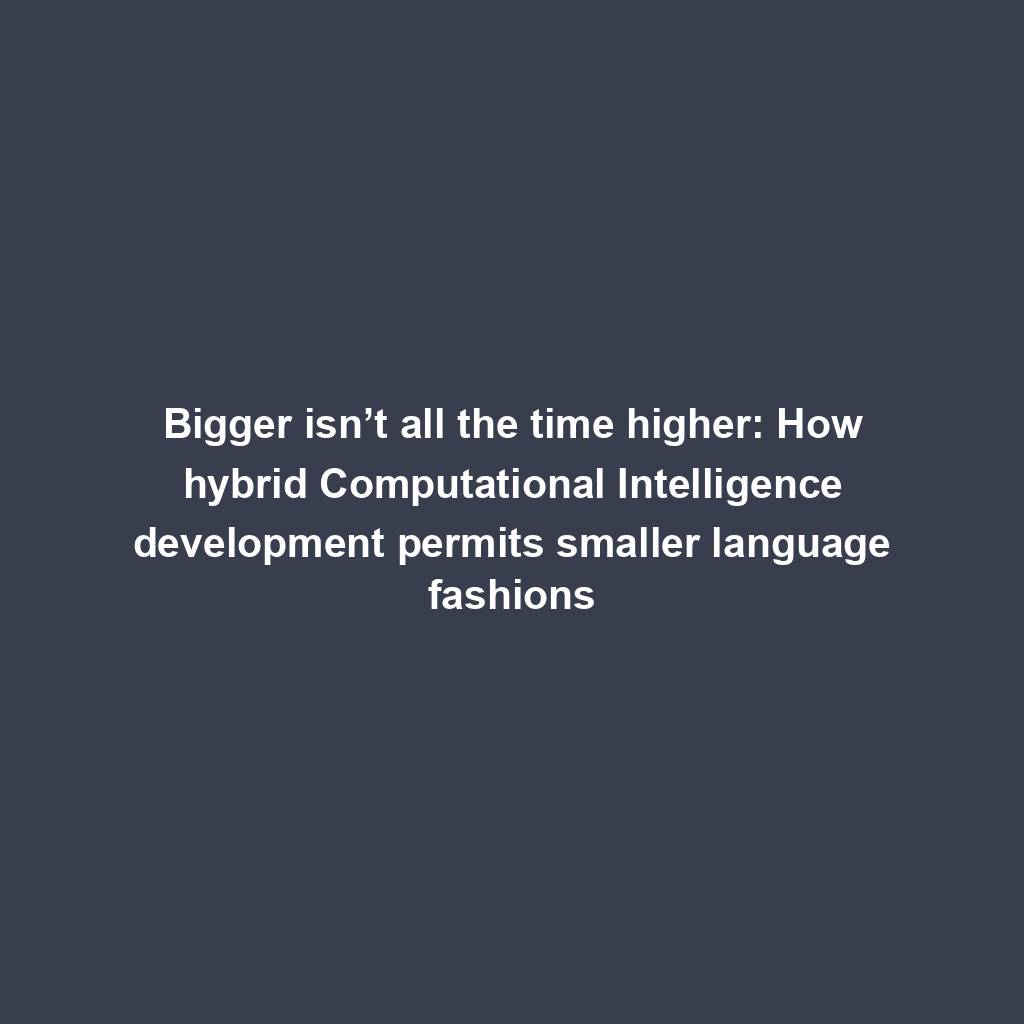
Pantera Capital buys extra Solana (SOL) from FTX
Successful Beta Service release of SOMESING, ‘My Hand-Carry Studio Karaoke App’

SEC sues Bitcoin miner Geosyn Mining for fraud; Bitbot presale nears $3M

Business procedure reengineering (BPR) examples

85% Of Altcoins In “Opportunity Zone,” Santiment Reveals

Sam Altman’s Worldcoin eyeing PayPal and OpenAI partnerships

Artificial Intelligence transforms the IT strengthen enjoy

Franklin Templeton tokenizes $380M fund on Polygon and Stellar for P2P transfers

Meta’s letting Xbox, Lenovo, and Asus construct new Quest metaverse {hardware}

Shiba Inu (SHIB) unveils bold Shibarium plans as Kangamoon steals the display
